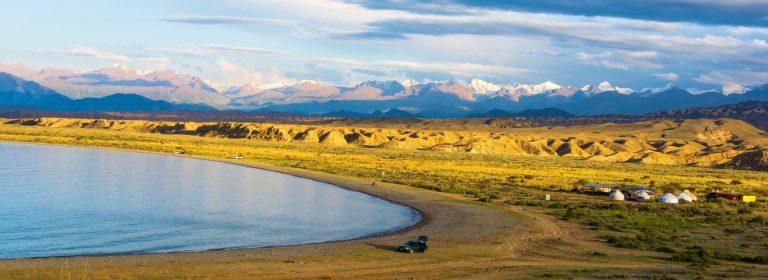From the shrinking of the Aral Sea to the tensions on the construction of hydroelectric dams in the Amu Darya and the Syr Darya rivers, Central Asia (CA) has witnessed one of the biggest human-induced environmental disasters of the 20th century and has been classified as one of the regions with the highest probability of water conflicts on Earth. To this, one needs to add that CA is considered a climate change security hotspot since climate change is expected to disrupt the region’s water flow, agriculture yields, socio-economic-political stability and citizen’s livelihood. The five CA states, Uzbekistan, Tajikistan, Kazakhstan, Kyrgyzstan and Turkmenistan, have not reached regional binding agreements on how to deal with these risks and transnational cooperation, although gradually increasing, is still weak. Thus, since 2009, the EU has established a Working Group on Environment and Climate Change, as part of its CA Strategy, aiming to foster cooperation and reach common solutions to water management and climate change issues. In view of the upcoming EU-CA High Level Conference in January 2019 and the new EU-CA strategy, this paper summarises the current situation and presents several recommendations on how the EU could have a greater impact in solving the most urgent water, environment and climate change related issues in CA.
Giulia Gasparri is a Junior Researcher at the European Institute for Asian Studies

